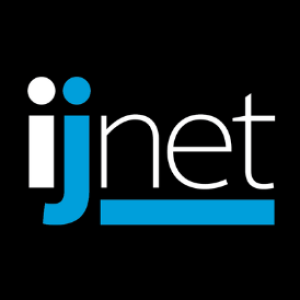How news organizations can find diverse voices on social media, lessons from Mashable's Social Good Summit and more in this week's Digital Media Mash Up, produced by the Center for International Media Assistance.
News organizations should use social media to identify diverse voices
When’s the last time your newsroom sat face-to-face with readers and carefully considered their criticisms?
Communication technology has extended the gap between news workers and audiences so that we’re mostly through channels we (media elites) control: letters to the editor, online comments, phone calls that can go ignored and voicemails that can vaporize at the push of a button. (Meredith D. Clark, Ph.D., Poynter, 10/20)
Why journalists should advocate for their audiences to break through the noise
Listening to an 11-year-old girl talk about Stand, the app she created to connect people with the causes they care about, is downright humbling. Especially when, like me, you've spent most of your adulthood as a journalist and, as often comes with the territory, a cynic.
Spending two days at the Mashable Social Good Summit, with its energetic discussion about the UN's new social development goals and the myriad ways people can fuel change, offered many such humbling moments. (Sharon Moshavi, International Center for Journalists, 10/21)
A group of researchers is trying to help science journalists parse academic articles on deadline
The tool is called Science Surveryor, and it’s being developed at Columbia and Stanford to help journalists find context and background information on tight deadlines. (Nieman Lab, 10/22)
CIMA offers the Mash Up free via email. Sign up here.
Main image CC-licensed by Flickr via Alan Reeves.


